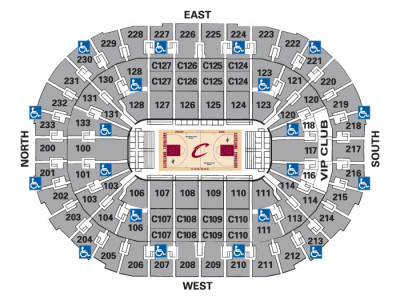How the ADA changed my life: “there is nothing on earth like being there…”
by Beth
We continue our celebration of the 25th anniversary of the Americans with Disabilities Act this month with a guest post by Mary Rigdon, a writer in one of the memoir writing -classes I lead for senior citizens here in Chicago.
by Mary Rigdon
My life changed drastically when the ADA was passed and I became the compliance officer for the U.S. Attorney’s Office in Detroit. I spent more time out of my cubbyhole office after that, interviewing folks with disabilities who raised complaints, choosing locations to inspect for compliance, and negotiating details of upgraded plans for expanded services for those with disabilities.
Our first real confrontation came with a large hotel at the downtown Renaissance Center. We decided to target that facility as it had hundreds of rooms, was used for multiple conventions, and was in the process of remodeling and updating the buildings. We reasoned that if this hotel agreed to the necessary upgrades, it would stimulate others to get on board with the ADA, too.
A graduate student who used a wheelchair accompanied us to demonstrate the need for rooms with accommodations– wider doors, room numbers lower on the wall with raised numerals and Braille designations, lower sinks in the bathrooms, and showers with no ledges to block entrance. After several months of negotiation we reached a compliance agreement and schedule which we publicized everywhere to pave our way into other venues — more hotels, lots of restaurants and theaters.
I enjoyed attending training sessions at the Department of Justice (DOJ) with people around the country who were dealing with these issues, too. DOJ added an entire new staff in the Civil Rights section to concentrate on the ADA, including one person with sight problems, one with hearing deficits, and feisty Joe, a speed demon in a wheelchair.
Joe was a fanatic wheelchair athlete, having played in a league during college and law school. From this background, he became a primary motivator for making athletic stadiums and sports arenas accessible to those with disabilities, particularly persons with special seating requirements. This was a long and hard-fought battle in many cases, and I cannot forget the excitement in Joe’s voice as he described his thrill in attending his first professional basketball game in person. “I love watching games on TV, but there is nothing on earth like being there at the stadium,” he said. “All that energy, hearing all those fans, seeing the court and watching the players right there — live and in person!”
This determination was the impetus in persuading the Justice Department to press particularly hard for seating accommodations at the principal venues in the 1996 Olympics in Atlanta. It was with great fanfare that Deval Patrick, then the capable Deputy Attorney General for Civil Rights, announced that 1% of the seats (850 of 85,000) in the main stadium would be wheelchair accessible with adequate sight-lines, and that those seats would all be near regular seating for accompanying family and friends. This was an historic first for an Olympic site.
Twenty-five years later I am glad to see the continuing ADA accommodations enacted, and when I see the names of my ADA comrades in the news I rejoice in their continuing dedication to the needs of people with disabilities.
Visit easterseals.com/ada to learn more about this important civil rights legislation.







